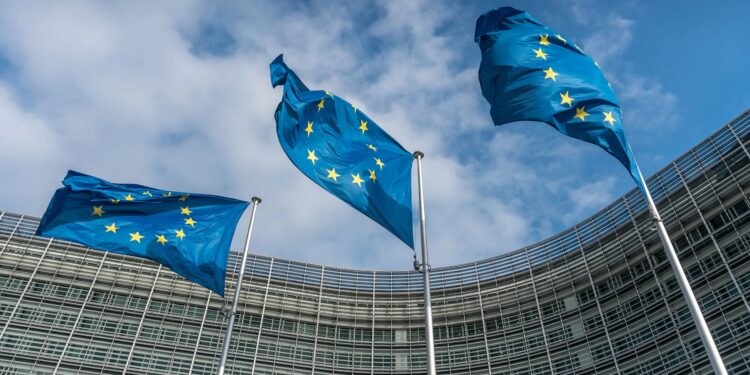On May 1, 2004, the European Union underwent its largest single expansion to date, welcoming ten new member states in what became known as the “Big Bang” enlargement. This momentous event marked the culmination of years of negotiations and preparations, fundamentally transforming the EU’s geographic, economic, and political landscape.
The New Member States
The 2004 enlargement brought in:
- Cyprus
- Czech Republic
- Estonia
- Hungary
- Latvia
- Lithuania
- Malta
- Poland
- Slovakia
- Slovenia
This expansion increased the EU’s membership from 15 to 25 countries, adding over 100 million new EU citizens and expanding the union’s territory by approximately 23%.
Historical Context
The 2004 enlargement represented a significant milestone in healing Europe’s Cold War divisions. Eight of the new members were former communist states that had been behind the Iron Curtain. Their accession symbolized the reunification of Europe after decades of division, fulfilling the vision expressed by many European leaders following the fall of the Berlin Wall in 1989.
The Accession Process
The path to membership was rigorous. Candidate countries had to:
- Demonstrate stable democratic institutions
- Show functioning market economies
- Adopt and implement the entire body of EU law (the acquis communautaire)
- Make various administrative and judicial reforms
The formal negotiations began in March 1998 with the “Luxembourg group” (Cyprus, Czech Republic, Estonia, Hungary, Poland, and Slovenia) and expanded in February 2000 to include the “Helsinki group” (Latvia, Lithuania, Malta, and Slovakia).
Economic and Social Impact
The enlargement created the world’s largest single market at that time and significantly boosted trade between old and new member states. However, it also presented challenges:
- Economic disparities: The GDP per capita in most new member states was significantly lower than the EU-15 average
- Migration concerns: Several older member states imposed temporary restrictions on the free movement of workers from new member states
- Agricultural integration: Adapting the Common Agricultural Policy to accommodate the large agricultural sectors of countries like Poland
Legacy
The 2004 enlargement is widely regarded as one of the EU’s greatest achievements, extending stability, democracy, and prosperity across the continent. It paved the way for further expansions in 2007 (Romania and Bulgaria) and 2013 (Croatia).
The challenges and successes of this unprecedented expansion continue to shape discussions about EU integration, identity, and future enlargement policies to this day.
Newshub news



Recent Comments